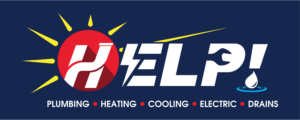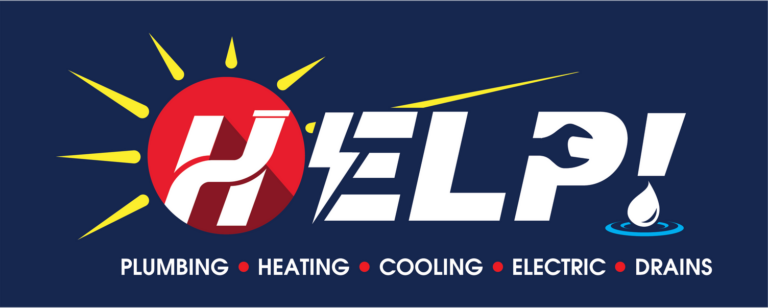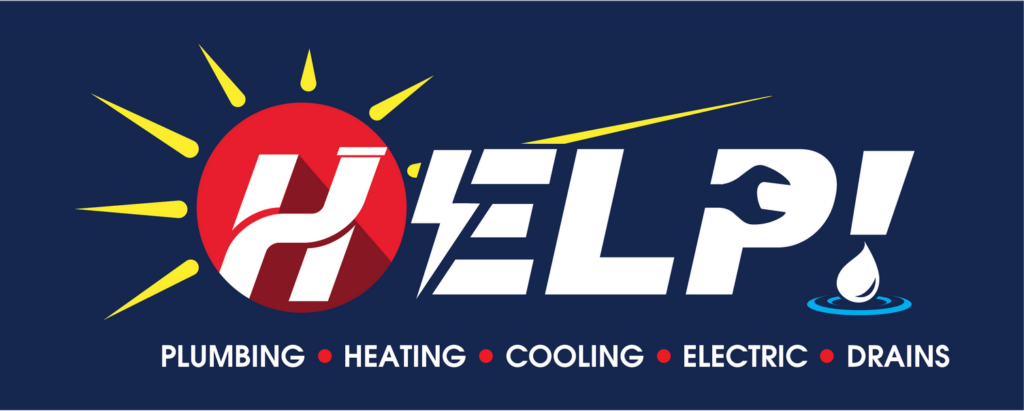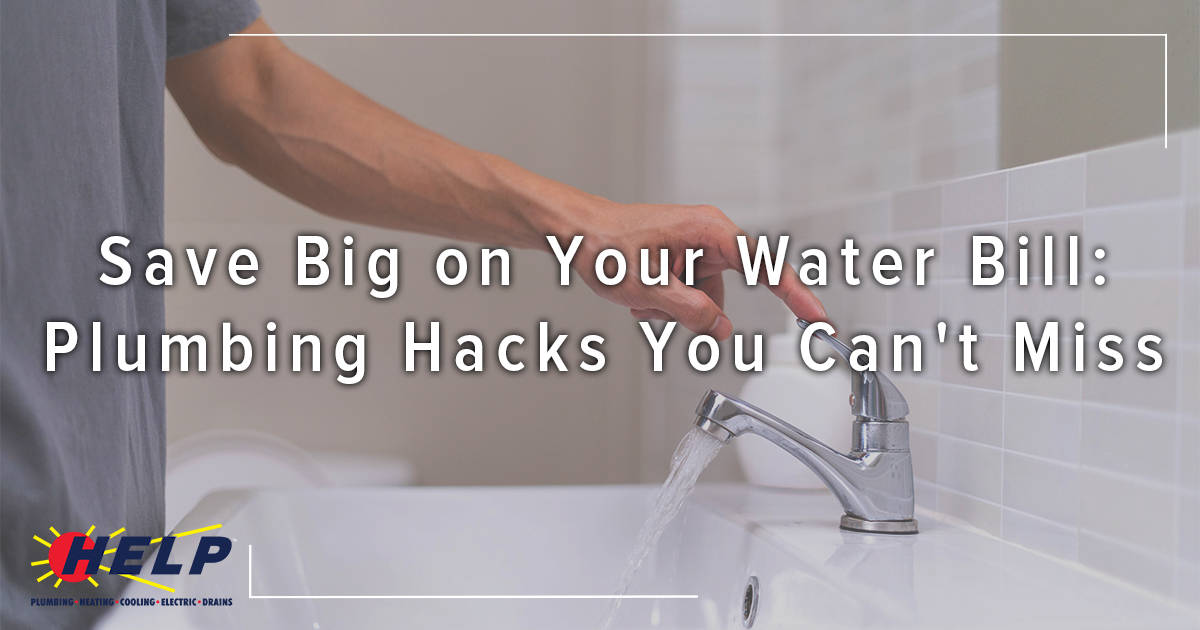 Water is a precious global resource, and with concerns about climate change and environmental sustainability on the rise, it’s more important than ever to find ways to conserve water. One of the most impactful places to start is in our homes.
Water is a precious global resource, and with concerns about climate change and environmental sustainability on the rise, it’s more important than ever to find ways to conserve water. One of the most impactful places to start is in our homes.
Though it may not seem like we waste that much water each day – or that we can conserve that much individually – it all adds up. Take a look at ways you can conserve water and save big on your water bill with plumbing hacks you can’t miss from the experts at HELP Plumbing.
The Importance of Water Conservation
Here are some reasons why it’s crucial to commit to water conservation:
- Water scarcity:More and more regions are experiencing concerning water scarcity from climate change, population growth, and the overuse of groundwater. When you use water more efficiently, you can relieve some of the demands on water that comes from those resources.
- Lower water bills:Reducing water usage can result in lower water bills for households and businesses. It also reduces the financial burden of water treatment and distribution for cities, which may have an impact on utility rates and taxes.
- Sustainability:Water conservation is important for the future generations. It helps to maintain a healthy balance between supply and demand for water.
- Environmental protection:Conserving water is important for aquatic ecosystems and limits the resources necessary to treat and distribute water. When you focus on conserving water, you can decrease the energy demands in your home for plumbing and heating water.
Fixing Leaks
One of the biggest – and most overlooked – sources of water waste in your home is a plumbing leak. A dripping faucet or a small leak in a pipe may seem insignificant, but over time, they can add up to a substantial amount of water wastage and a higher water bill. Conduct regular checks around your home for any signs of leak and fix them properly.
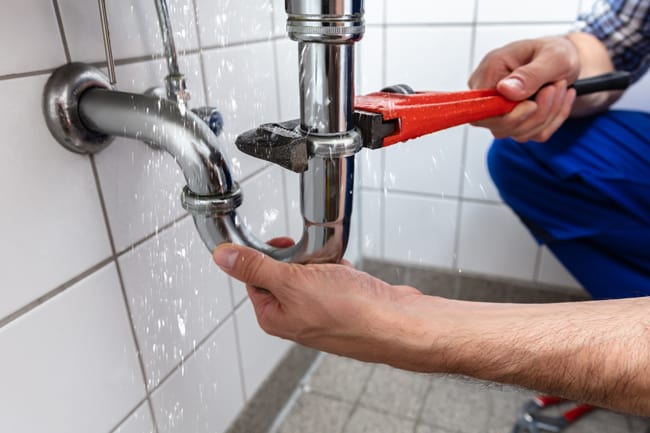
Here are some ways to prevent leaks that waste water:
- Repair leaking faucets:Check all the faucets in your home for leaks and make sure to repair them quickly. These are often caused by a damaged seal or worn-out washer.
- Fix running toilets:A running toilet can waste gallons of water. Check to see if your toilet is allowing a continuous flow of water into the bowl after flushing. This is often a simple fix with a flapper or fill valve. If you suspect there are bigger issues, call a plumber for professional plumbing service.
- Make leak checks part of your routine:Along with fixing leaks as they come up, make plumbing inspections part of your routine. Not all leaks are obvious, but paying attention to leaks as you find them can make a big difference in water waste.
Upgrade to Low-Flow Fixtures
Older plumbing fixtures, such as faucets, showerheads, and toilets, may be using more water than necessary. Upgrading to low-flow fixtures is a simple and effective way to reduce water consumption.
Here are some options for low-flow fixtures:
- Low-flow showerheads:These fixtures restrict water flow while maintaining good water pressure.
- Low-flow faucets:Like showerheads, faucets reduce water flow without affecting the pressure you have in your kitchen or bathroom sinks.
Install Faucet Aerators
Faucet aerators are inexpensive devices that attach to the end of your faucets. They introduce air into the water stream, maintaining water pressure while reducing the amount of water used. Installing aerators in your kitchen and bathroom sinks is a quick and easy hack to cut down on water usage without compromising functionality.
Practice Shorter Showers
A long, hot shower may be relaxing, but it also consumes a considerable amount of water. Consider cutting your shower time to save on water. Installing a shower timer can help you keep track of how long you’ve been in the shower and serve as a reminder to conserve water.
Collect and Reuse Water
You don’t have to dump all your water down the drain. Consider collecting and reusing water for various purposes around your home. For example, collect the cold water that comes out before your shower reaches the desired temperature and use it to water plants or fill pet bowls. You can also collect rainwater in barrels to use for watering your garden.
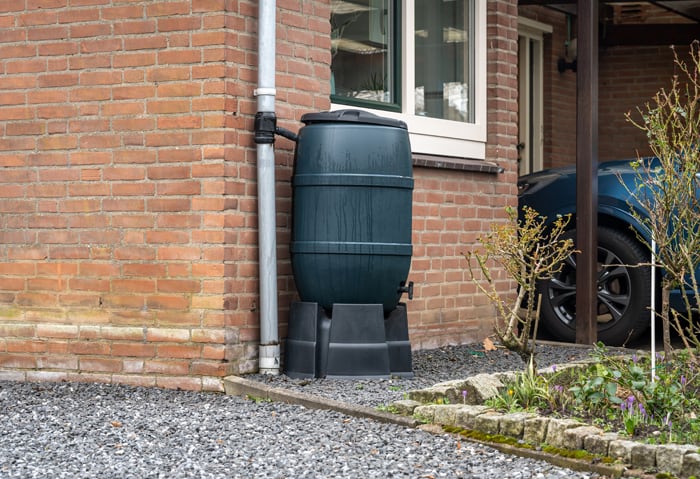
Here’s how you can harvest rainwater:
- Install rain barrels under downspouts to collect rainwater from your roof, which you can use to water your garden and plants.
- Use a first flush diverter to ensure your collected rainwater is clean and wash away any debris.
- Maintain your rain barrels and check for any leaks or damage and cover them to prevent evaporation.
Insulate Your Pipes
Insulating your pipes not only helps prevent them from freezing in cold weather but also ensures that hot water reaches its destination more quickly. This can result in less water wastage as you won’t have to run the tap as long, waiting for hot water to arrive. Pipe insulation is a relatively simple and cost-effective measure that can lead to noticeable water and energy savings.
Optimize Dishwashing Practices
When washing dishes by hand, don’t let the water run continuously. Fill one basin with soapy water for washing and another with clean water for rinsing. This can save a significant amount of water compared to leaving the tap running. If you use a dishwasher, make sure it’s fully loaded before running a cycle to maximize efficiency.
Be Mindful of Toilet Habits
Toilets are a major source of water consumption in households. Older toilets can use a significant amount of water per flush, contributing to high water bills. Consider upgrading to a low-flow or dual-flush toilet, which allows you to choose between a full flush and a partial flush, depending on the waste. Additionally, placing a brick or water-filled plastic bottle in the toilet tank can displace water and reduce the amount used per flush.
Adjust Water Heater Settings
Hot water heaters account for a substantial portion of household energy consumption. Lowering the temperature on your water heater not only saves energy but also reduces the amount of cold water you need to run before the hot water reaches the tap. Aim for a temperature setting that is comfortable for your needs but not excessively hot, typically around 120°F.
Consider Greywater Systems
Greywater refers to gently used water from bathroom sinks, showers, tubs, and washing machines. While not suitable for drinking, greywater can be reused for irrigation in your garden. Installing a greywater system allows you to divert this water away from the sewer or septic system, providing a sustainable source for watering plants.
Monitor Water Usage
Just taking some steps to be more aware of your water consumption can go a long way in reducing your usage. If you want to set goals, however, here are some ways you can track your water usage:

- Review and compare your water bill:Pay attention to your water bill and track your consumption. Check for unexpected spikes, which may indicate a leak or other plumbing issue.
- Rely on water monitoring apps:There are apps that can track your water usage in real time to help you adjust your usage.
- Install water saving appliances:As your appliances age and you replace them, look for models with water-saving features. Consider the appliances that use the most water, such as dishwashers and washing machines.
- Fix leaks and clogs:Leaks can lose a lot of water, but clogged drains also waste water as it collects near the drain. Make sure you call a plumber to fix leaks and clogs as quickly as possible.
Try Xeriscaping
Xeriscaping is a landscaping method that uses drought-tolerant plants and minimizes water usage for gardening. With water-efficient plants, you can reduce outdoor water consumption.
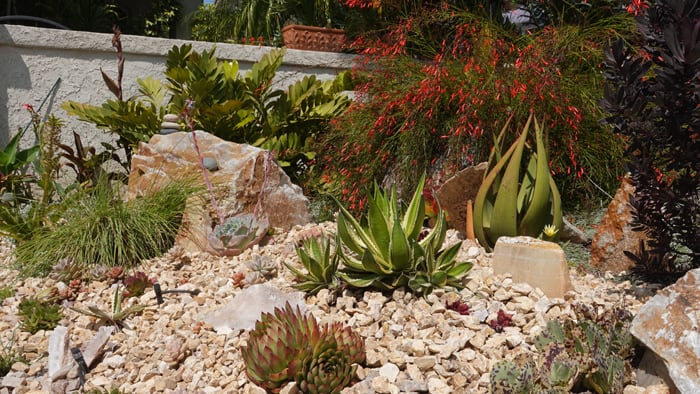
Here are some options for xeriscaping:
- Plant native plants:Native plants are adapted to the local climate, so they require less water and maintenance. Consult with a landscaper to see which native plants thrive in your region.
- Use mulch:Mulch helps retain soil moisture and reduces the need for frequent watering. Mulch also prevents weed growth, which means your plants can get more of that precious water you provide.
- Efficient irrigation:Learn efficient irrigation methods like drip irrigation or soaker hoses to deliver water to the roots of your plants and minimize evaporation and runoff, which wastes a lot of water.
Conserve Water and Save
Do you need plumbing maintenance, repairs, or upgrades?
Contact us at HELP Plumbing to schedule an appointment!
